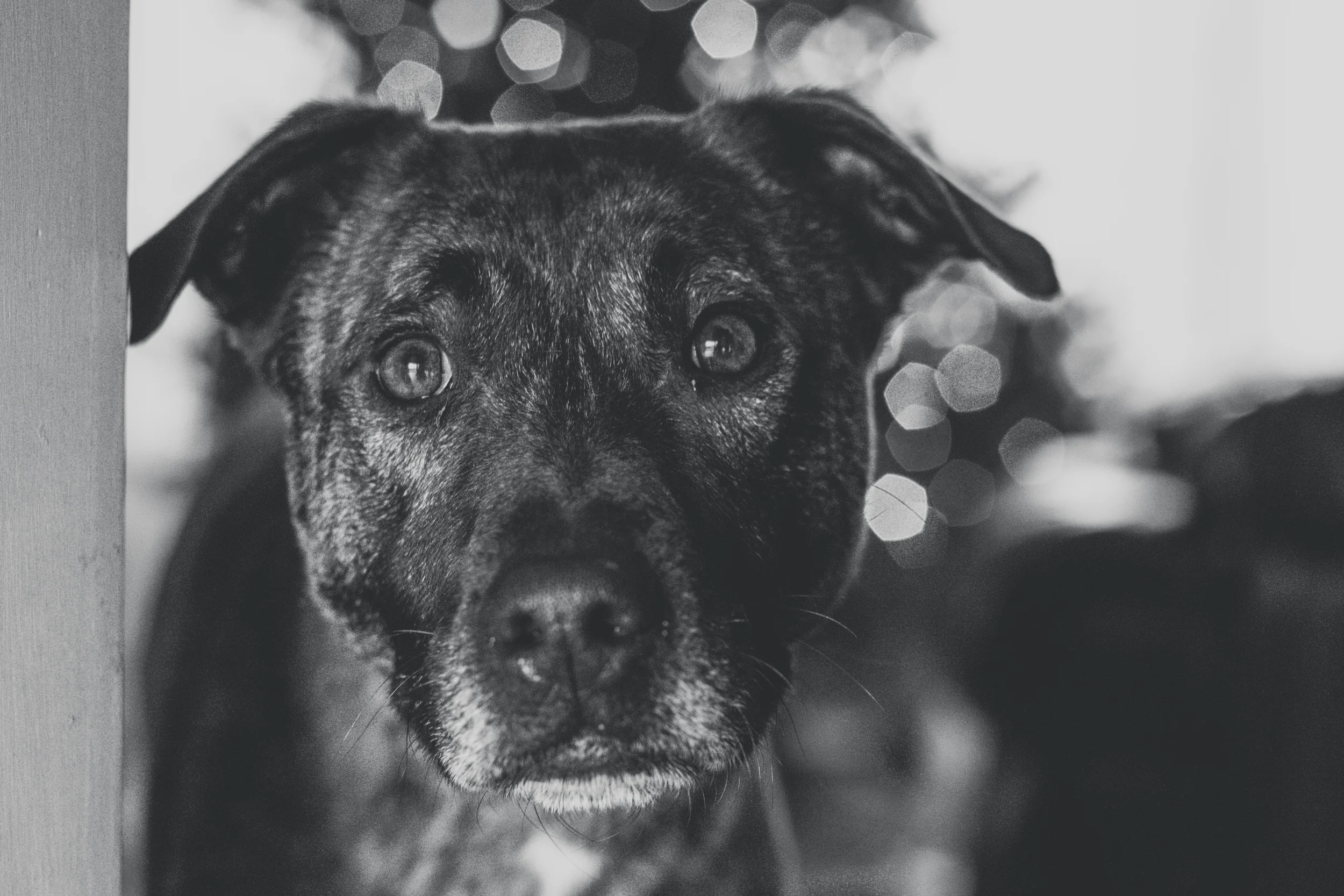When will my dog be trained?
/When will my dog be trained?
This is a question that we're asked regularly, and it can be a very open ended answer. There is no real answer to this question. Ask yourself this, when will you know everything there is to know in school? Or at your job? Or in your hobby? Right, the answer is probably never. Not if you want to continue improving yourself, and your performance in your school/job/hobby. The same goes for dogs. Training is never over.
So my dog will never be trained?
The answer to that question depends on the goals you set for yourself. We always encourage clients to set realistic expectations for their family and their dog. If you start training with your dog, and he's highly dog aggressive, what are your goals? The typical answer we hear is, "We want him to be friendly and play at the dog park!" Wrong. That will never be your dog. Not all dogs like other dogs, and that's ok. But setting that as a goal for yourself and your dog, will only lead you to disappointment, and overall let down. Because that's not a realistic expectation. Set your goals small, so you can work together to have several small achievements as you travel on your journey. Learn to love your dog, regardless of your battle. And keep working together to improve, because when you're at the bottom, the only way to go is up!
How will I keep track of small achievements?
We always recommend you write down on paper, the problems you have with your dog when you begin training. This will help you remember where you started, because trust me, once you make progress its easy to forget where you came from. Once you've started to see progress, write it down. You can even set weekly goals for your dog, so you know when you reach them, and what your weaknesses are. It's much easier to take that to the trainer so they know what areas to help you! But most of all, it will help you reflect on your journey together with your dog, so you can be more impressed with your progress and keep up your confidence.
What's the most frustrating thing you experience as a dog trainer?
The most frustrating thing we experience as dog trainers, is the owner not following our recommendations. We paint a picture for ourselves of making recommendations, a client following our plan, and the owner and dog trot off into the sunset together, the happiest they've ever been! Unfortunately, it rarely happens that way. Life happens. People are tired after work. They had unexpected family matters come up. We've heard it all, folks. The most frustrating thing we experience, is arriving at a home with our own expectations of the progress made since the previous lesson, to find out the owner hasn't done their homework. It's impossible for us collectively, to reach any goal if the owner isn't putting in the work. The analogy we like to use most, is the comparison of hiring a personal trainer for yourself to get in shape. You can research and find the most expensive, hollywood worthy personal trainer, and pay a small fortune to hire them. But if you don't follow their diet and exercise recommendations, you're not going to be in any better shape than you were at the last lesson with them. So do everyone a favor, and do your homework!
What if I follow the trainer recommendations, but I'm not making progress?
The most important thing you can do, is let your trainer know. If the trainer doesn't know there's a problem, they can't help you fix it. Training is not "one size fits all", and sometimes different things may need to be tried to achieve the desired behavior. Training is also not a "quick fix". Sometimes you may not be seeing results because you simply haven't given yourself enough time. Sometimes behaviors can be learned in a few short sessions, but when behavior modification is involved, it can sometimes take several weeks to months to see a change in behavior patterns. Don't get discouraged! Keep in communication with your trainer, don't get frustrated, and just remember that you and your dog are doing the best you can!
If you need training for your dog, or just want to talk with us about what's going on, give us a call! We service most of Genesee County, Livingston County, and Oakland County, MI. Call us at 248-733-3776. We can help with all ages, behaviors, and breeds. It's never too late to get started on fixing a problem behavior.




